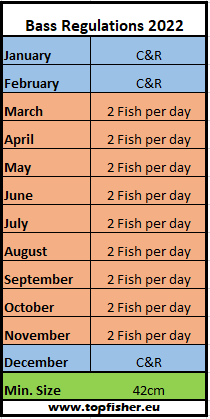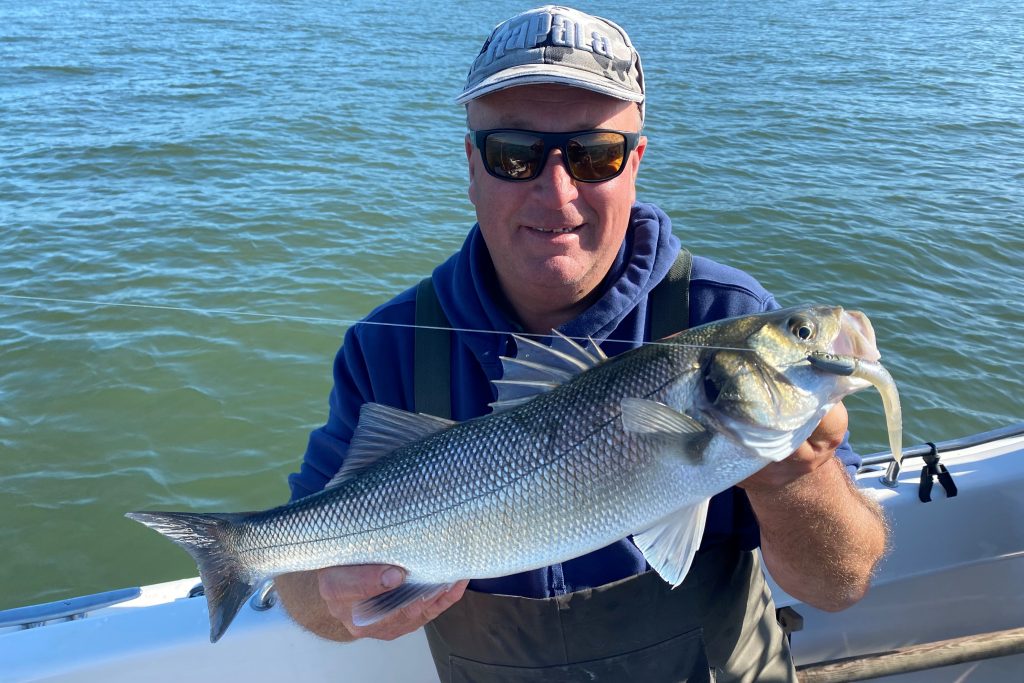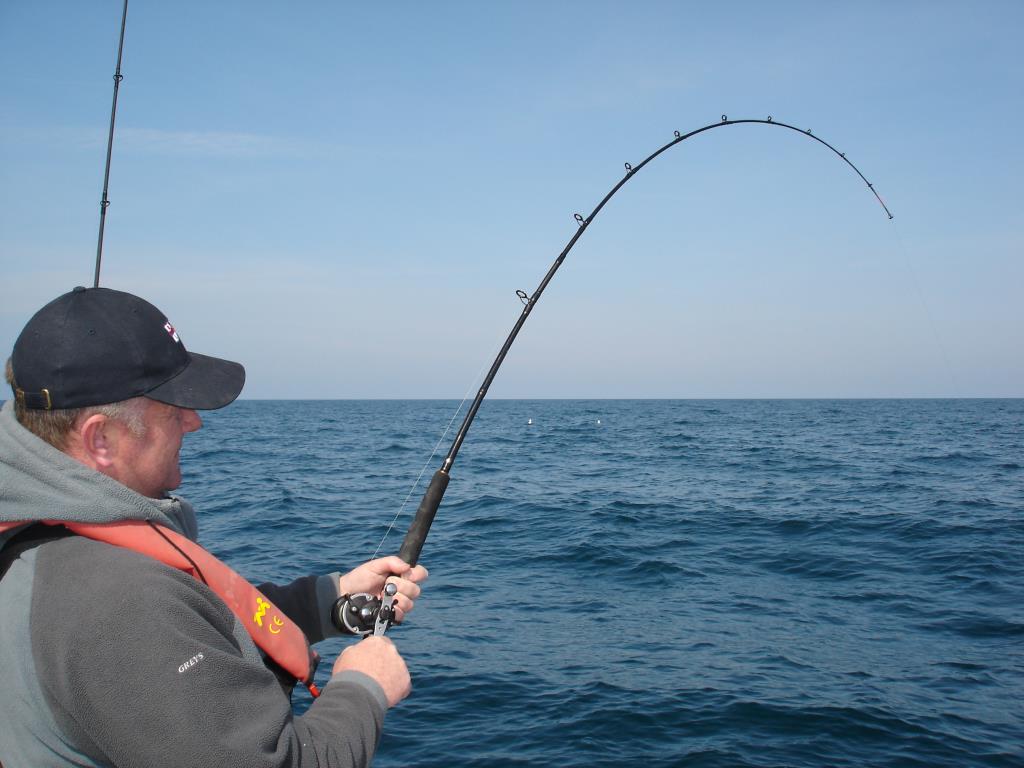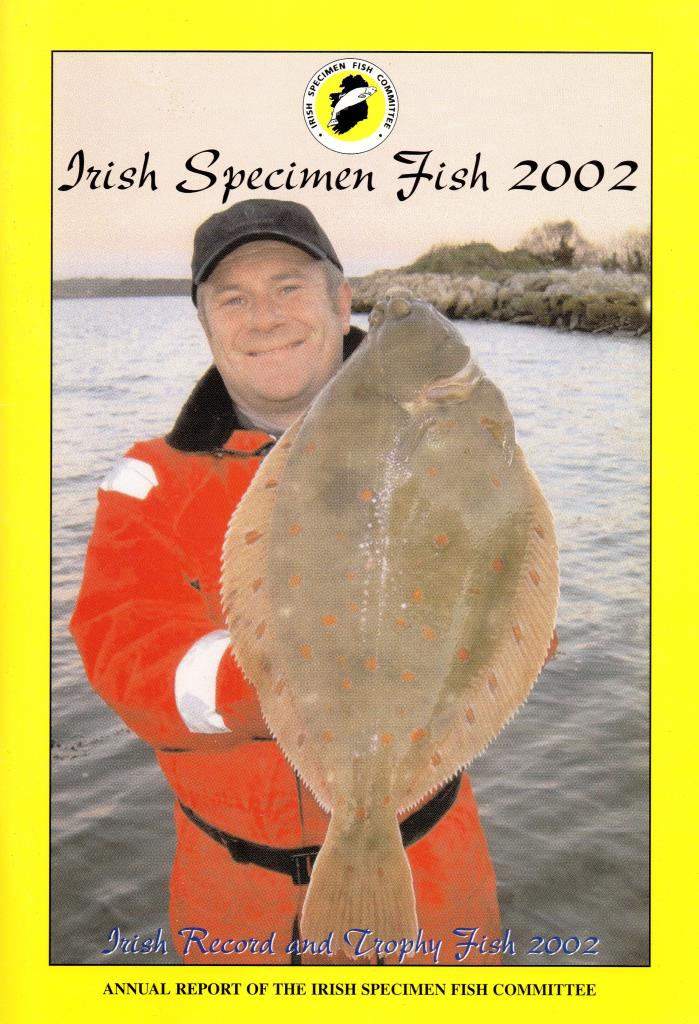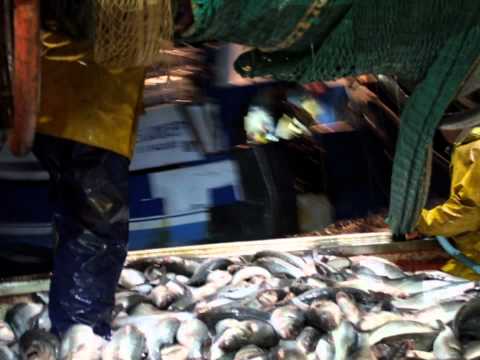*So What’s Happening With Bass?


With the last couple of years, I have spent less time bass fishing than I have in other years. It just sort of crept up on me. It was simple really, the craic just was not as good. It was frustrating fishing. At times the numbers of fish were there but the average size was very small. I don’t tend to jump up and down about catching schoolie bass. It’s nice to see fish approaching 60cm and bigger. These are the fish we expect when we make the effort the organise a serious bass session; the odd smaller fish is inevitable and in fact it hints at a good future for bass therefore I never mind a few.
When the catches are not happening you’d begin to question your ability, your prowess as an angler, and you’d start to examine your gear, trying to find if there is something that has changed to decrease your bigger fish catch rate. You will look everywhere for an answer to poor catches. Of course when the sport is not great there is a sort of “law of diminishing returns” comes in to the equation: Surely if you are fishing less for bass then you will catch less bass? This could be true but I like to pride myself in quality of fishing over quantity of fishing. I like to think I get results by targeting my fishing in the best location at the best times.
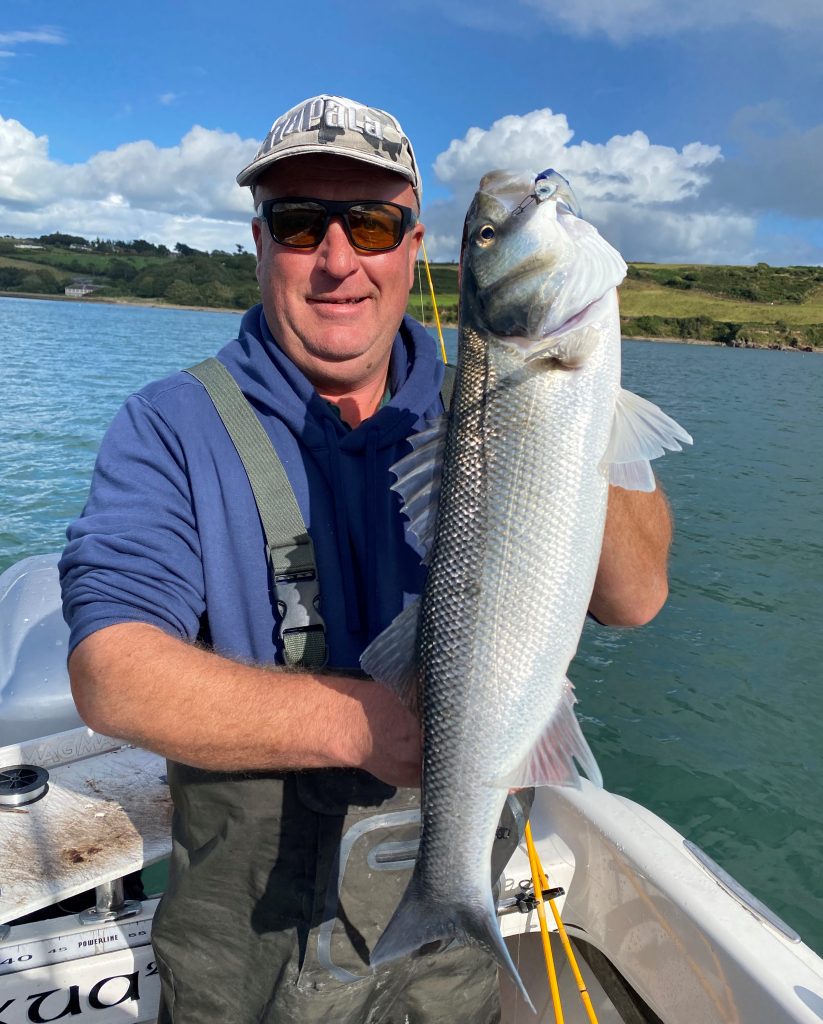
Water Clarity?
In recent years we have had a considerable phytoplankton bloom during the summer months. This has really effect water clarity within the confines of Cork harbour. Of course it is natural that we would blame this water clarity for the lack of bigger bass. This phytoplankton bloom is a profusion of dinoflagellates.
“The dinoflagellates are one of the largest groups of phytoplankton. Although I gather there are nearly 2,300 species of dinoflagellates, the upper stretches of Cork Harbour are renown amongst Irish marine scientists for having a resident population of the species Alexandrium. They have apparently been studying them since 2003 and every year they proliferate, sometimes to the extent that one of them, Alexandrium minutum, can cause toxic conditions for shellfish. I haven’t been able to get the species of our recent dinoflagellate confirmed but it seems a reasonable guess that it probably is Alexandrium. Cork Harbour is sheltered so the habitat is ideal for Alexandrium to rest in its overwintering form. Then in the mid-May to mid-July period when biological, chemical and physical conditions combine correctly, they can proliferate to cause algal blooms. They need light to photosynthesise and that is why we see them close to the shore. Because of its muddy bottom sediments, the waters of Cork Harbour are quite turbid and light cannot penetrate far beyond the shallows. The bloom is short-lived though, often breaking up overnight when the weather or water conditions change.”
There you have it; the bass question is answered! Except we had no great bloom in the last couple of years and when there was it was short-lived.
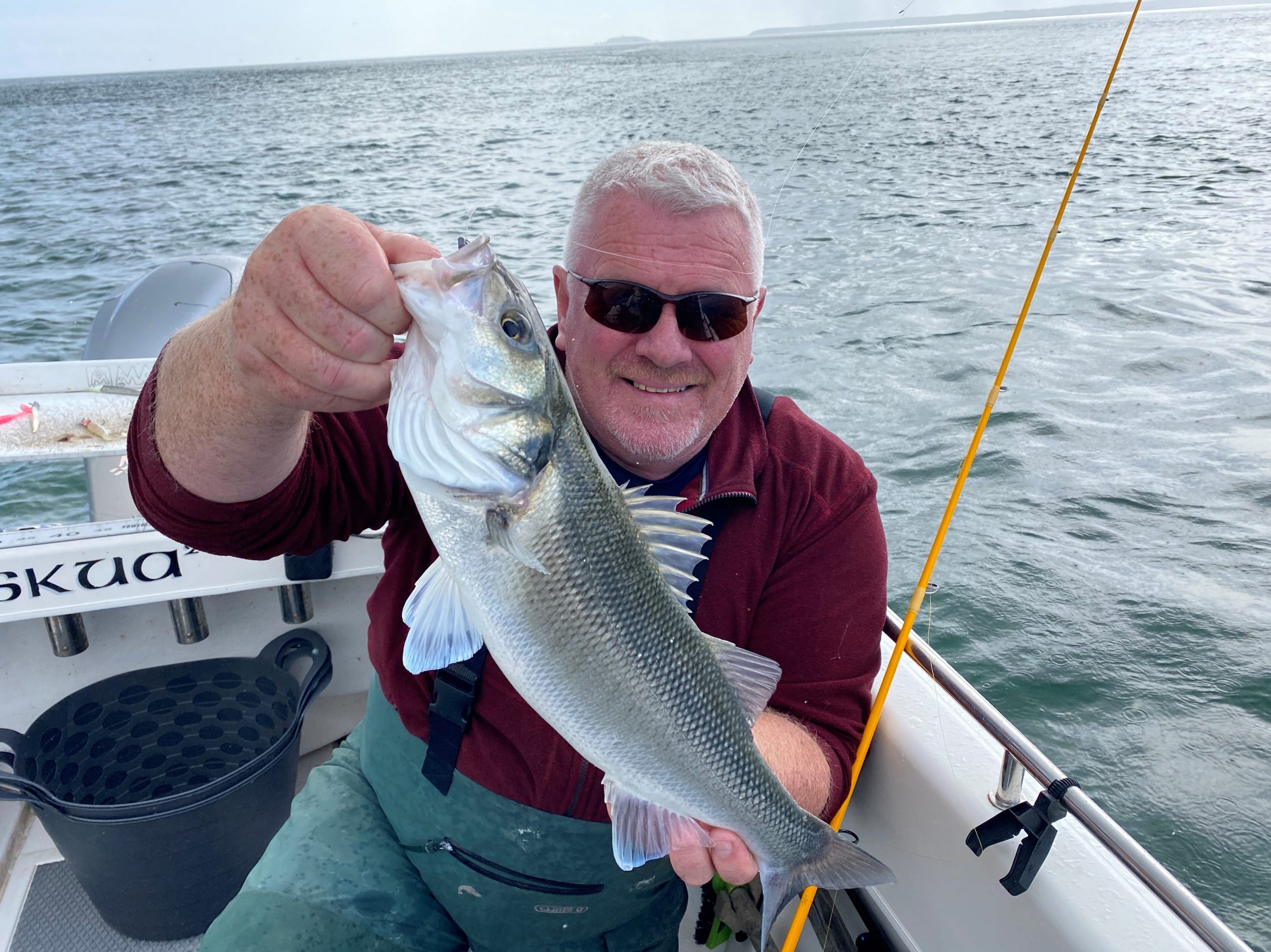
Of course you have to wonder why the smaller fish are not effected as much by the bloom. At times we were getting very good numbers of smaller fish. Are the smaller fish faster than the bigger fish and therefore get to the baits faster? Are the bigger fish just faster to the lures? They never were before. It would be normal to get a mix of fish on a decent bass mark. You can never be overly confident of catching that rare specimen bass.
Is it just me?
I began asking anglers. Some were experiencing similar fishing to myself. Some were still catching loads of super fish. As time passed I began to wonder about the super abilities of some anglers in the midst of poor results from most, and those “most” are decent anglers in their own right. I stopped asking the “super anglers”!! Of course there were occasional good fish being caught. There were even a few specimens caught. Lures would account for many big bass but live-bait tends to attract bigger fish if they are about. I am more a lure-angler than a live-bait angler. At least it was good to see some decent fish being caught by someone.
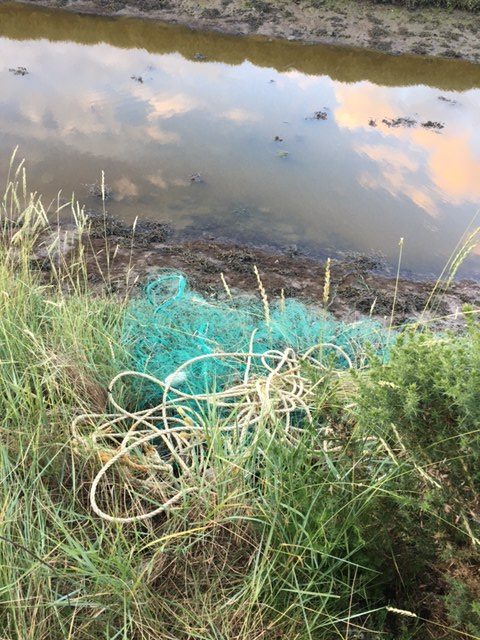
Illegal Fishing?
So are bass being illegally targeted in Cork Harbour? Obviously it is hard to say for certain but there is a network of anglers that are watching the water always. We did report some shore-based nets to Inland Fisheries Ireland (IFI) in recent times. You’d have to say that these were small-time activities in the overall scheme of things. Apart from IFI’s own patrols we have found they have worked well with us in the harbour area to largely eliminate the bulk of the illegal fishing. Of course there will always be some commercial fishermen or even some commercial fishing company (based in East Cork) that will try their hand at netting bass and try to pass them off as imported fish or just try and sell them for cash locally so we need to be vigilant at all times and especially in the latter part of the year when bass are on the move.
I certainly have seen more spearfishing going on in my locality and there is no catch and release with spearfishing. In short, we do not think that illegal fishing is completely responsible for the lack of bigger bass.
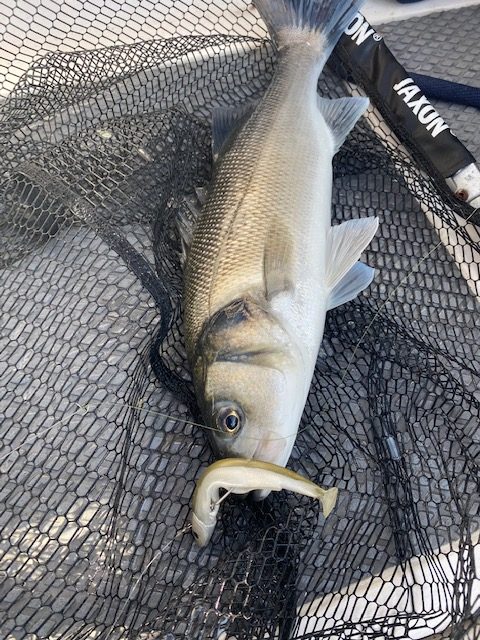
On The Road
Such was the dearth of bigger bass in the harbour that we began travelling further afield. Many anglers were reporting better fishing east of Cork Harbour. We made a few enjoyable trips to Youghal. The fishing was certainly more prolific. Youghal is a fascinating venue to boat-fish from. There are a multitude of differing habitats to be explored both within the harbour and outside. We did catch some bigger fish but the number of bigger fish was still below expectation. Each time there I chatted with local boat anglers. Their experiences seemed to echo our own though not so dramatic a loss of bigger fish as Cork Harbour.
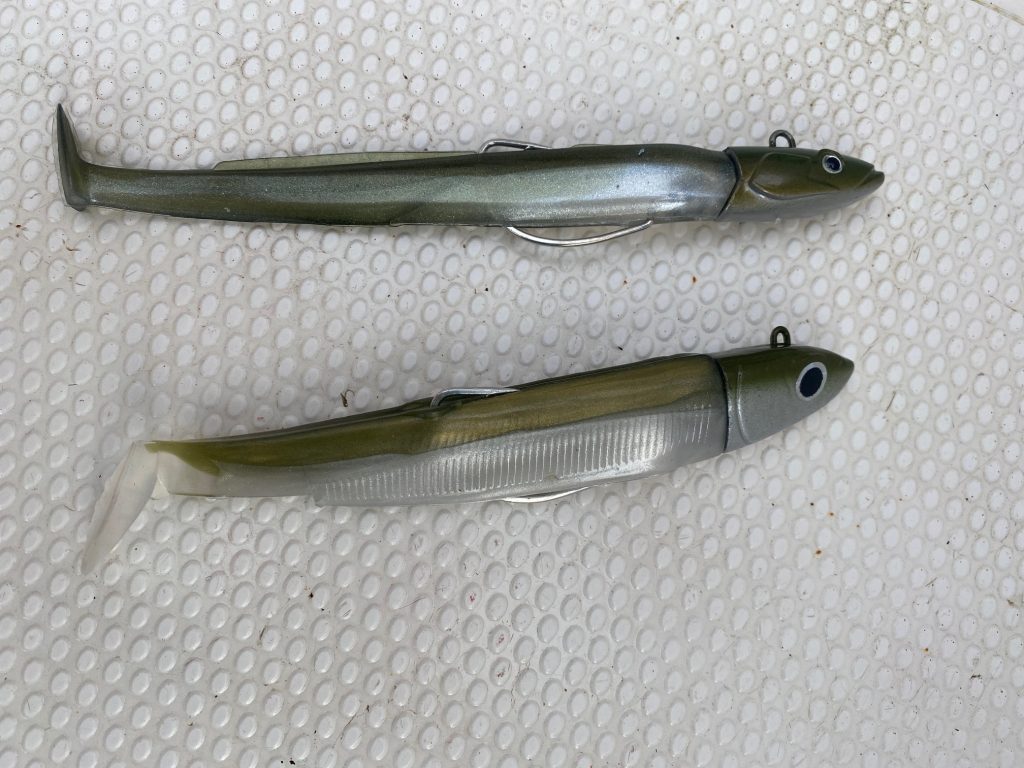
Each time we travel we would fish both casting and vertically. We would drift all the likely areas and we would work the place with proven lures. Andy likes the Sandy Andy from Westin. I like the Black Minnow, or any of the newer models from Fiiish like the Black Eel and the Crazy Sandeel all did very well for me. We would use heavier and lighter lures depending what the conditions were. We would fish all sorts of depths from a couple of feet to almost 50 feet. You get the picture? We are not messing about; we are really trying here! At times we witness massive shoals of small bass cruising about the area.
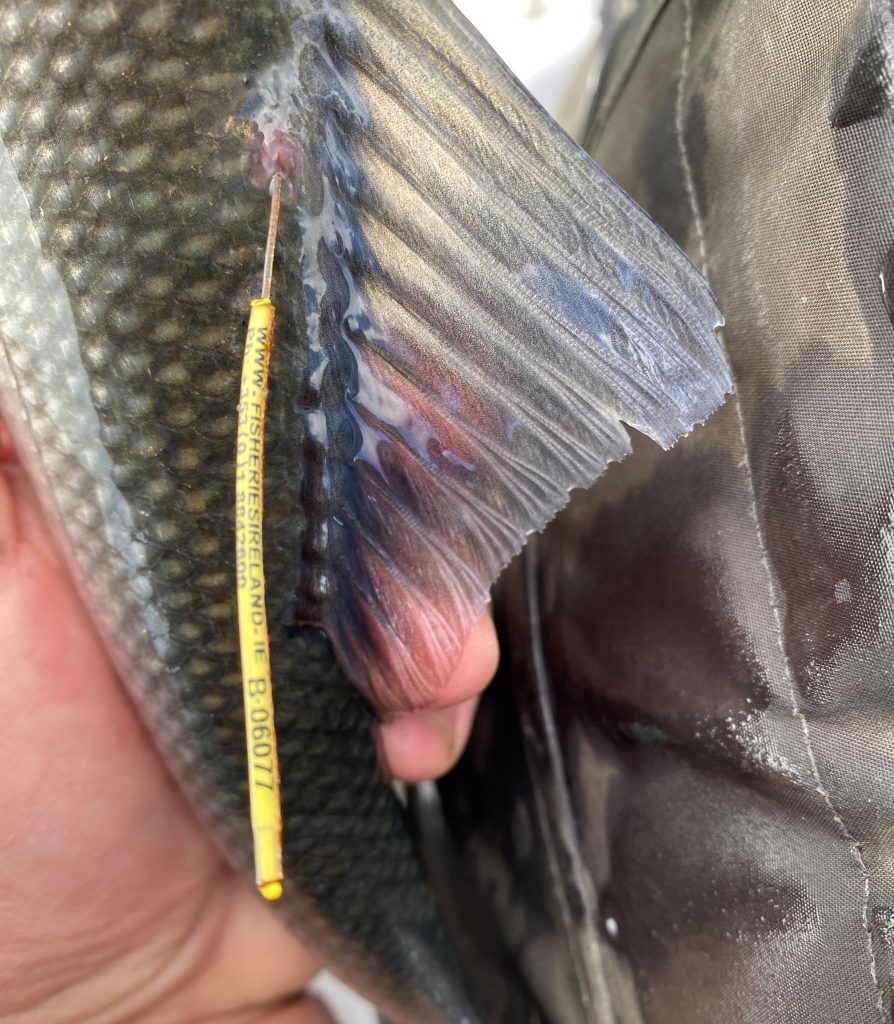
During a trip east Andy managed to catch a schoolie bass that was tagged. We were delighted as it is not often that bass are recaptured and the scientists tend to be delighted with a recapture. We measured the fish and pictured it and sent it on its merry way. I sent the details to the National Bass Programme (NBP) people via email.
NBP
We weren’t waiting long for a reply. It would appear that our bass was tagged only a few months earlier basically in the same geographical location during a sampling trawl. Many may not know but IFI conducts regular sample trawling along the south east coast as far as Youghal. They monitor the numbers and sizes of bass, especially juveniles, and note the other species that they catch. Many of the bass are tagged before release. The Estuaries along the South East are very important bass nursery areas. When you think, we don’t get juvenile bass in Cork Harbour but they are present in the Blackwater in Youghal and all the major estuaries heading east from there.
Many anglers would not be aware of the work of the National Bass Programme (NBP). Apart from their own sampling work they are reliant and appreciate the efforts of anglers who tag fish and who send scale samples for analysis. It takes a lot of effort from anglers to take time from their session to take the time necessary to process the fish they catch. Other anglers also submit fishing diary-style reports on their fishing activities. If you are one of these anglers, you should be highly commended. If you are not one of these anglers, why aren’t you?
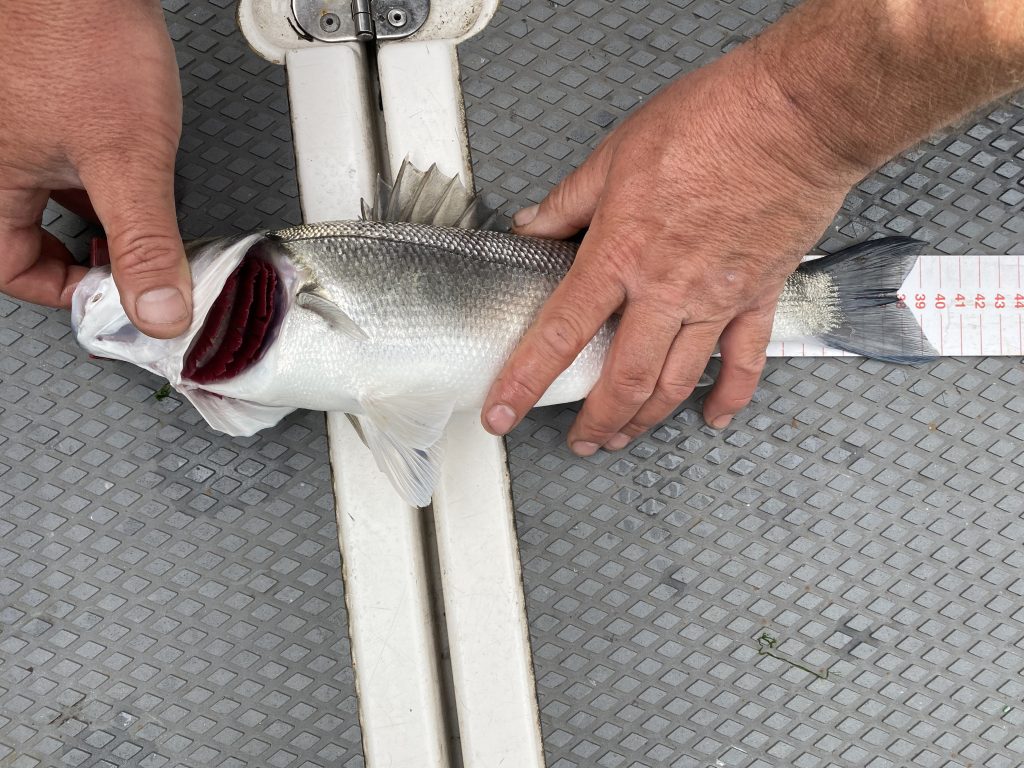
Our bass was 39cm long. It was five years old. This fish is hardly likely to be mature. So this bass, despite having survived five years it had not bred yet. In fact scientists reckon that the earliest a bass will mature will around 42cms and at least six years old. Hence the new minimum size. When you think of it bass should be a minimum of 45cm and a slot size should be in effect.
While conversing with the NBP people I began whinging and lamenting the lack of bigger bass. To my surprise they understood exactly where I was coming from. One angler based in north Kerry was experiencing similar fishing to my own. I was not happy but it was a relief to know that it “wasn’t just me”. The NDP people were working on a report at that time and they said that they would forward the report to me as soon as it was ready. To be fair it makes for startling reading in some areas and strikes a note of optimism in others.
The first thing that jumps out is the fact that the amount of bigger bass reported has plummeted by more than 60% between 2018 and 2020. I know there was less fish reported in 2020 and there was potentially less bass angling done in 2020 but the fact remains that there is an alarming lack of bigger fish. That’s fish between 50 – 80cm. In 2020 there were no bass +70cm recorded by the participants. In 2018 there were 12.
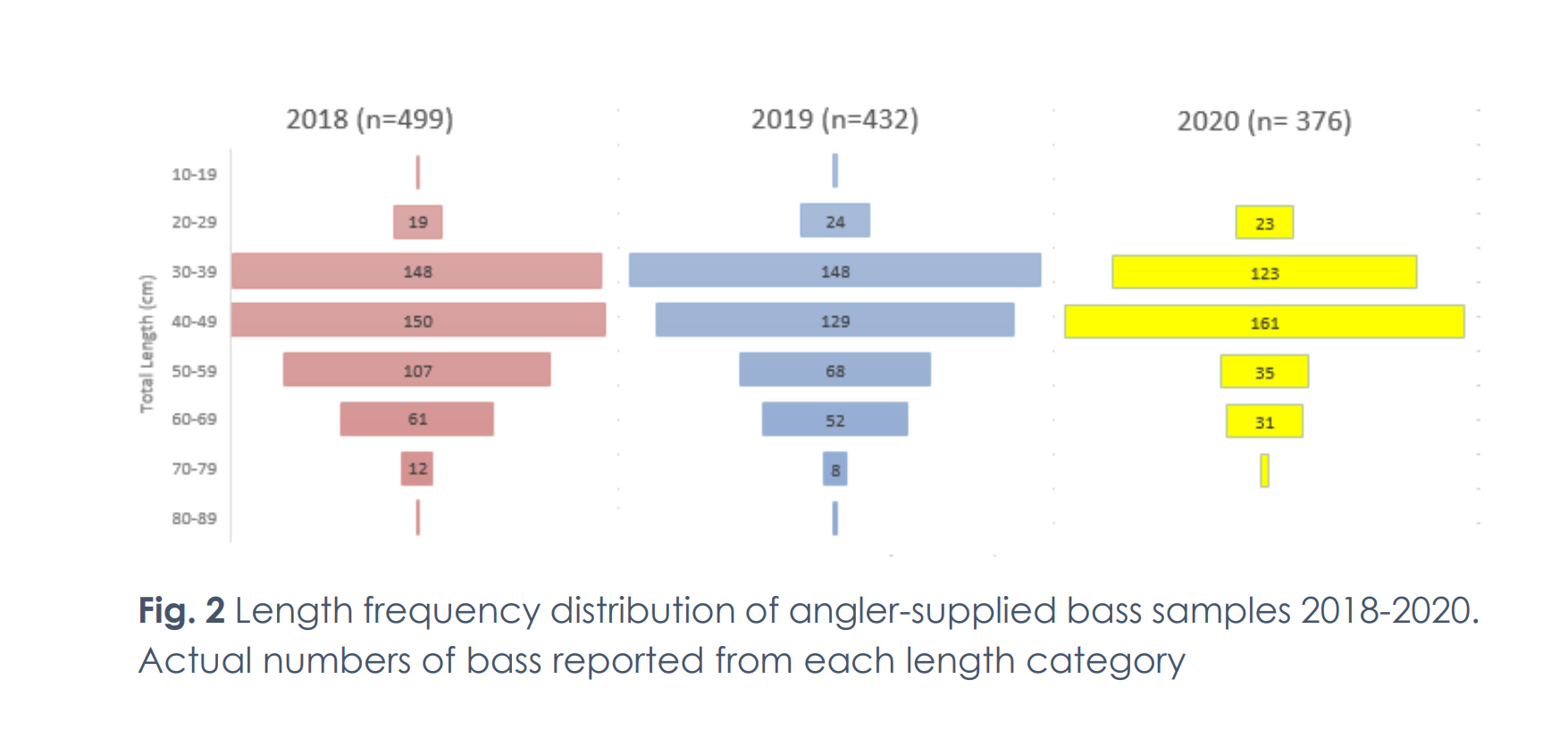
A 60% catch rate would be the figure that I commonly quote when asked how my bass catches have fallen since “peak bass”.
Of course the report cannot tell us what has actually happened to our bigger bass. It remains a mystery. There is a chink of light in the report as it suggests that the strong year classes of 2014 and beyond have the potential to fill the gap of the missing bigger fish over the coming years. So barring some major misfortune, bigger bass may bounce back in our angling catches.
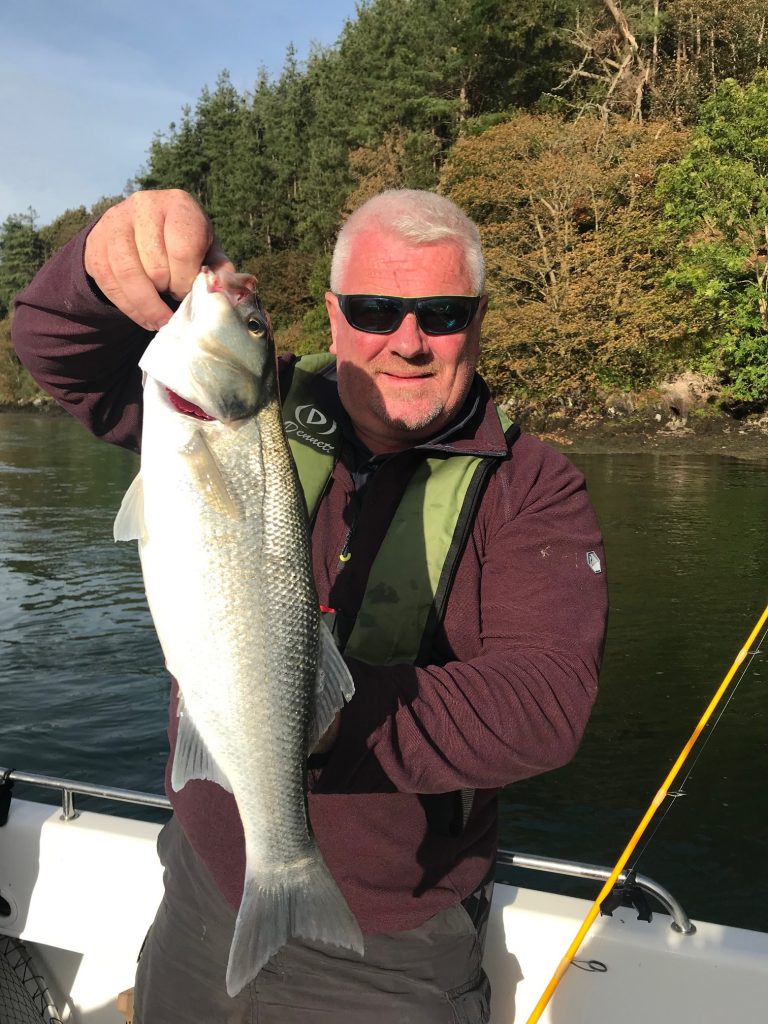
Catch Photo & Release!
You can see that the practice of catch and release for bass is critical. The results speak for themselves. Bass are a creature that like to return to the same foraging ground each year. Your local bass is a very local fish. If you clean out a mark of fish it is unknown if those fish will be replaced at all, ever. Catch and release has been shown to work. Survivability of returned bass is just about close to 100% where the fish is handled carefully and returned to the water quickly. I know that the scientists in IFI are studying bass in terms of how and why they become attached a body of water. They will need further assistance from anglers to further their work.
So if you have the potential to help in the areas of Reporting, Tagging or Scale sampling you should make contact with the NBP: bass@fisheriesireland.ie
You can get a flavour of the work they do here:
https://www.fisheriesireland.ie/what-we-do/research/national-bass-programme
And you can download the latest angler report here (It’s well worth the read):
I often read anglers complaining about IFI and giving a perception that they do not do enough to protect bass. I often discover that many of these anglers are unaware of the work that is ongoing on many different levels. While IFI can always do more (We would think that of course!) over recent years they have worked very well with us anglers here in Cork and in their own right, to combat illegal bass fishing and they have pioneered in the field of understanding more about this enigmatic species. Each time I stress, anglers must engage with IFI if they feel that more can be done in their area. Giving out on social media may not accomplish much.
I am sure that this year of bass fishing will be of the same pattern as every other year. Bass will arrive along the eastern marks first and will gradually appear on the east cork beaches. Soon after they will begin to arrive at the harbour and will work their way into the upper reaches. Hopefully our big bass just decided to stay at sea these last few years and will appear. I have my doubts but it is not beyond the bounds of possibilities.
Either way I will do my bit by either tagging or scale sampling. If the fishing is good, I would not tag and sample on every session but I would do enough to keep the NBP happy. As I said earlier, it does take a bit of work but it is worth it.
Bass Regulations 2022
The EU proposes that the regulations remain unchanged but the actual documentation does not seem to have been published yet (01/02/2022). It is safe to assume therefore that the situation regarding bass will remain unchanged for 2022.
